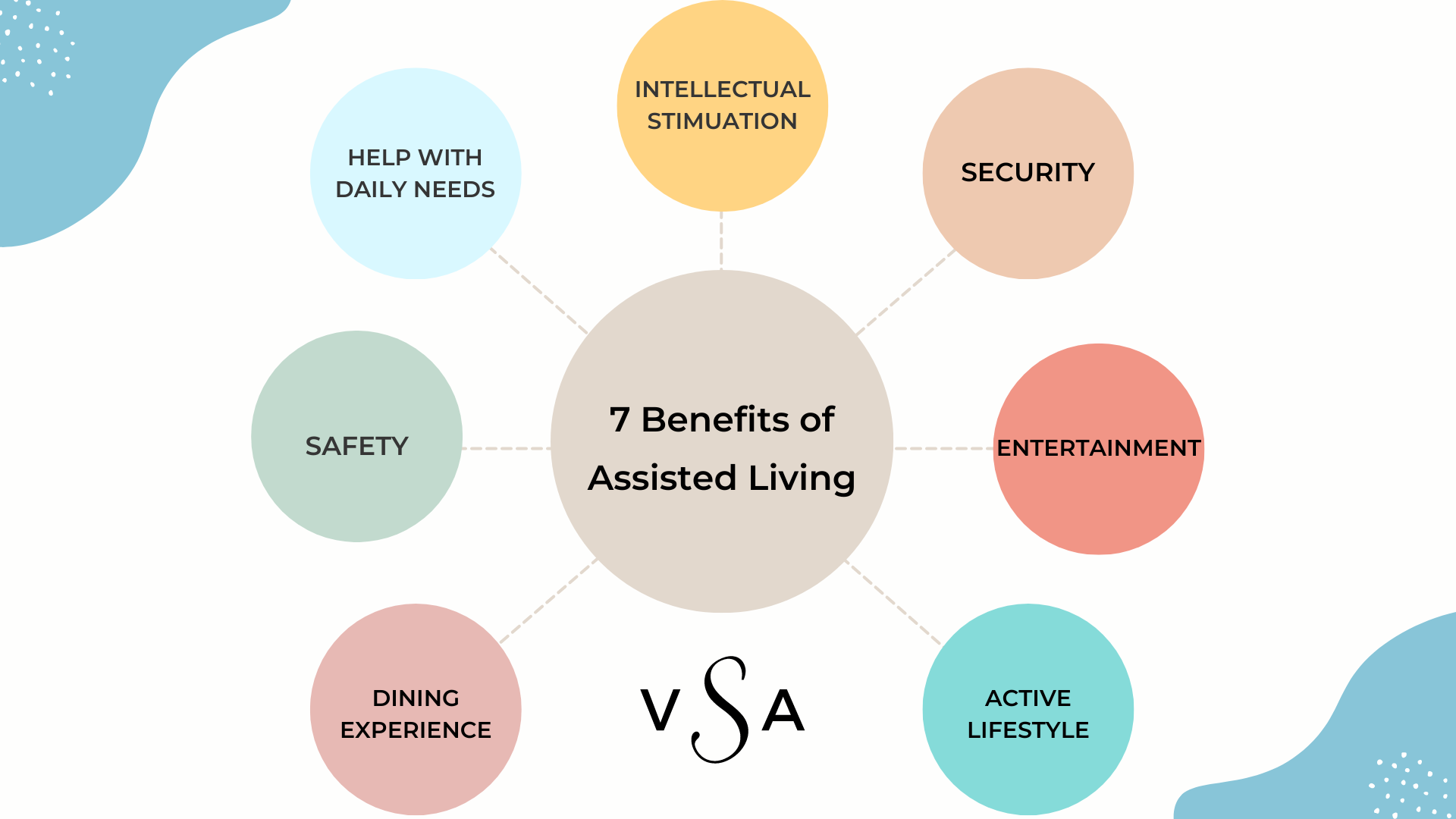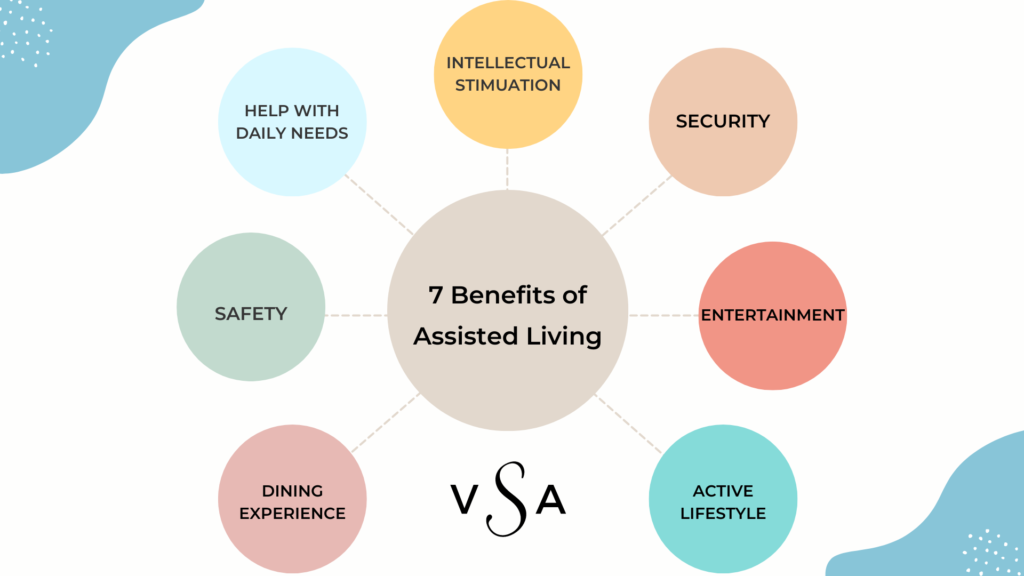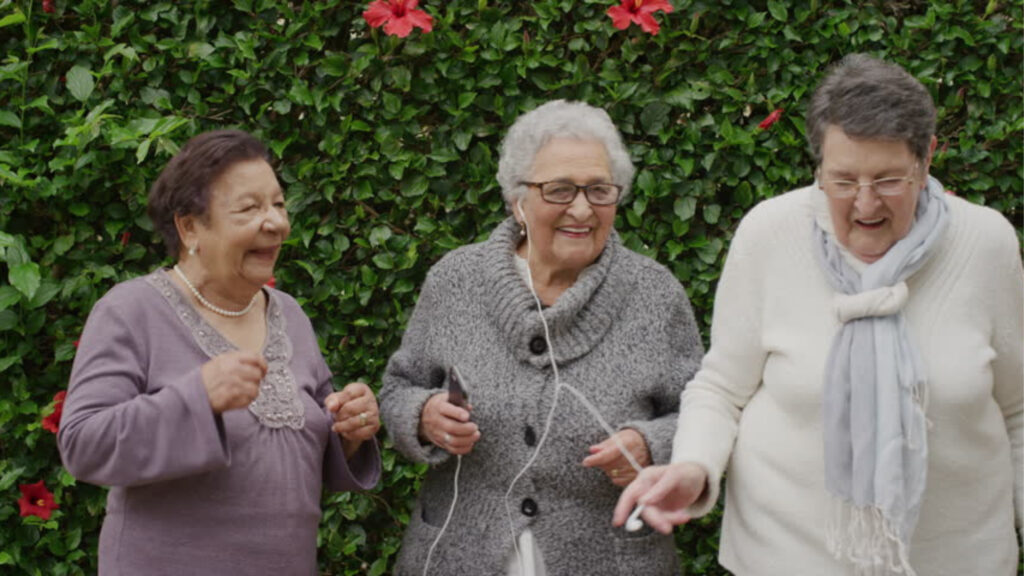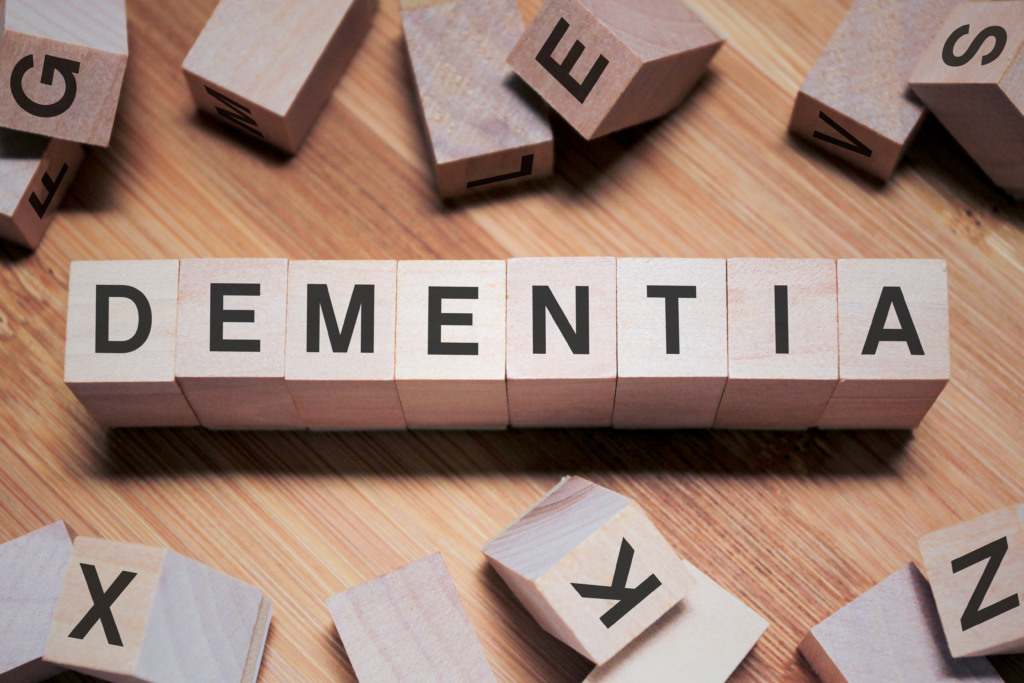
Moving to a senior living community can be a significant change, and each individual approaches this transition differently. Aside from the obvious difference of living somewhere new, there are other concerns that may arise when moving to senior living. In today’s video, we will discuss the common concerns seniors have and provide six tips and strategies to help you adjust to your new home.
Common Concerns with Moving to Senior Living
- Losing Independence: There’s a common misconception that transitioning to senior living means giving up independence. However, senior living, whether it’s independent living or assisted living, is about providing support and assistance. Seniors receive the help they need while maintaining independence in other areas of their lives.
- Aging more quickly: Some may fear that moving to senior living will speed up the aging process. However, in most cases, this is far from the truth. Many people find that senior living communities keep them feeling young by offering a range of activities and personalized care, contributing to increased health and social engagement.
- Being forgotten by friends and family: The reality is that moving into senior living often has the opposite effect. Seniors often find it easier to stay connected with friends and family because they no longer have the burden of home maintenance and other responsibilities, allowing more time and freedom to keep in touch.
- Experiencing loneliness and boredom: The fear of loneliness after moving into a senior living community is common. However, staying in one’s current living situation might lead to more feelings of isolation. Senior living can expand social connections as communities prioritize the happiness of their residents and offer a wide range of engaging activities to enjoy.
- Not getting the right care: If you’re moving to senior living, it’s essential to choose a community that provides the care and assistance you need. Conduct research to understand your needs and the available options. Consult your doctor to determine the level of assistance you might require and visit potential communities with a list of questions to make an informed decision.
Six Tips to Help You Adjust to Senior Living
- Adjusting to the feeling of being a new resident: Moving into a new environment can be stressful, reminiscent of being a new student in school. Embrace the attention and social interactions but remember that it’s okay to take breaks and have some time for yourself if needed.
- Familiarize yourself with the environment: While many daily routines will remain the same, the way you go about them will be different in your new senior living community. Take enough time to get used to the layout of the community, the hallways, floor transitions, grounds, and the neighborhood. Ask for help from staff or long-term residents who know the area well.
- Give yourself enough time to adjust: Moving into senior living can be a significant change. Avoid rushing through the process and focus on enjoying the journey. Unpack your belongings, decorate your room, and settle in at your own pace, creating a sense of home.
- Learn about the activities at the community: Stay informed about the activities available by reaching out to the community manager. Participate in group activities to meet people and make new friends, possibly discovering new hobbies along the way.
- Plan meetups with loved ones: Having family and friends around can make the transition more enjoyable. They can also help you break the ice with other residents and join you in trying new things. Senior living communities encourage visits from loved ones.
- Keep enjoying your hobbies: Moving into senior living doesn’t mean giving up the things you love. Maintain your favorite activities to provide a sense of continuity and familiarity.
Final Thoughts
Adjusting to senior living might take time, so allow yourself the space to adapt to the change. Engage in community activities, stay connected with your loved ones, and utilize the support of the staff whenever you need assistance.
At Valley Senior Advisors, we are committed to helping you find the best senior care in the Phoenix area, and our services are 100% free. If we can assist you or your loved one in any way, please don’t hesitate to contact us. Check out our YouTube Channel for more helpful senior living tips.
































